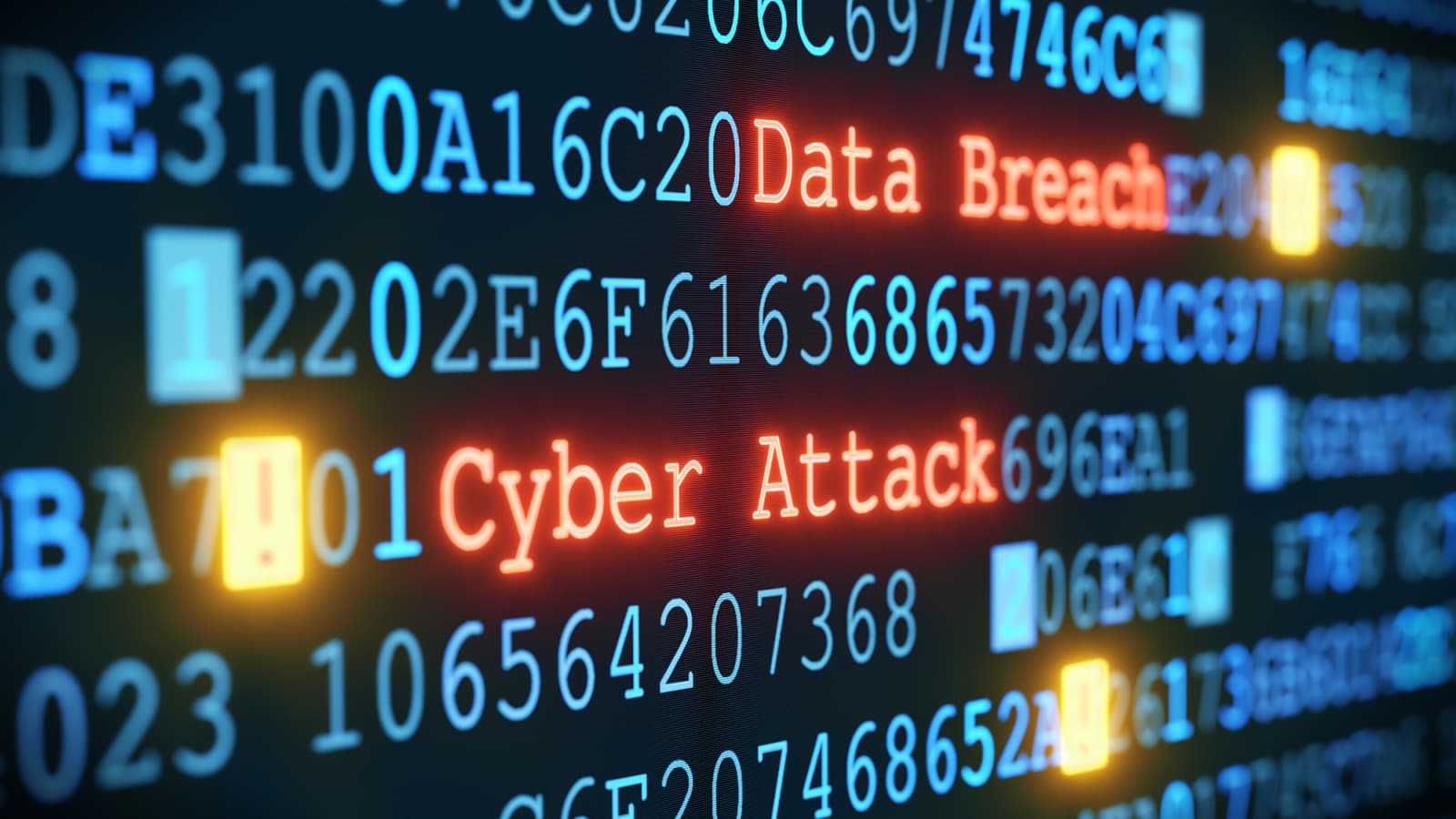In an era where digital systems underpin everyday life, the cybersecurity of public services is paramount. September 2025 brought a stark reminder of this with the breach at Transport for London (TfL), the body overseeing one of the world's busiest urban transport networks. This incident not only disrupted internal operations but also exposed sensitive customer data, highlighting vulnerabilities in critical infrastructure. Drawing from recent analyses, we'll explore the details of the attack, its ramifications, and key takeaways for bolstering defenses in similar sectors.
What Happened: Timeline and Attack Details
The breach occurred earlier in September 2025, though exact dates remain unspecified in initial reports. Attackers gained unauthorized access to TfL's internal systems, compromising online services and exposing an employee directory that included email addresses and job titles. Customer data was also affected, with names, contact details, and addresses leaked—though thankfully, no banking information or highly sensitive personal data like passwords appeared to be involved.
The method of exploitation wasn't publicly detailed, but it points to common vectors such as phishing, unpatched vulnerabilities, or insider threats common in large organizations. Importantly, transportation operations—trains, buses, and the Underground—remained unaffected, averting potential chaos in London's daily commute.
The Attacker and Broader Context
The perpetrator remains unknown, with no group claiming responsibility. This anonymity is typical in opportunistic breaches, contrasting with high-profile ransomware attacks like those on cryptocurrency platforms BingX and Indodax in the same month, which saw millions in digital assets stolen. TfL's incident fits into a rising trend of attacks on public sector entities, where legacy systems and vast data troves make attractive targets. According to cybersecurity reports, such breaches in critical infrastructure have surged, with over 70% of organizations reporting third-party incidents in the past year.
Impact on Stakeholders
The fallout was multifaceted:
- Employees: TfL mandated in-person identity verification and password resets for its 30,000 staff, a logistical challenge that disrupted workflows and underscored the human cost of cyber incidents.
- Customers: While the exposed data wasn't catastrophic, it raises risks of phishing scams or identity theft. Initial assurances of no customer impact were later revised, eroding public trust.
- Operational Ripple Effects: Online services were temporarily halted, affecting ticket purchases and travel planning for millions.
This breach echoes broader 2025 trends, where data exposures affected millions across sectors, from healthcare (e.g., Ascension ransomware) to finance.
Lessons Learned: Strengthening Public Sector Cyber Resilience
TfL's response—swift system isolation and transparent updates—mitigated worse outcomes, but the incident reveals gaps. Here are actionable insights:
- Proactive Vulnerability Management: Regular audits and patching are essential. Tools like automated scanners can identify weaknesses before exploitation.
- Employee Training and Verification: Mandating in-person resets highlights the need for robust identity management. Implement multi-factor authentication (MFA) and phishing simulations to build a human firewall.
- Data Minimization and Segmentation: Limit stored data and segment networks to contain breaches. Compliance with frameworks like NIST or ISO 27001 can guide this.
- Incident Response Planning: TfL's quick action shows preparation pays off. Organizations should conduct regular drills and have communication strategies ready.
- Third-Party Risk Assessment: With increasing reliance on vendors, vet partners thoroughly—echoing lessons from the Fortinet breach, where a cloud-based file drive was compromised.
As urban infrastructures digitize further, breaches like TfL's could become more frequent. The Verizon DBIR notes that public administration faces unique risks due to high visibility and data volumes. Investing in cyber hygiene isn't optional—it's a safeguard for public trust and safety.
Final Thoughts
The TfL breach serves as a cautionary tale: Even well-resourced entities aren't immune. By learning from it, we can fortify against tomorrow's threats. Have you experienced similar disruptions? Share your thoughts in the comments.

